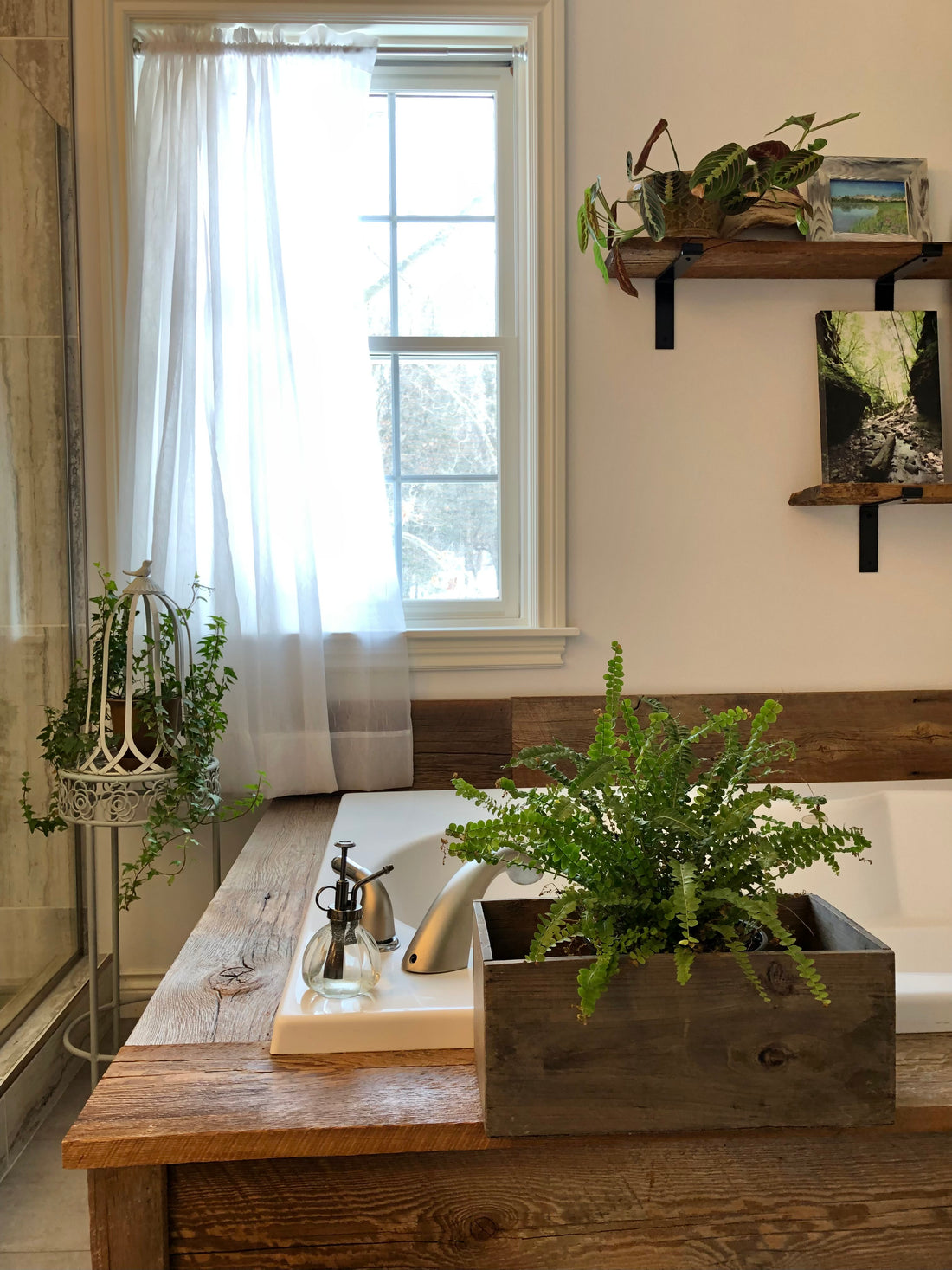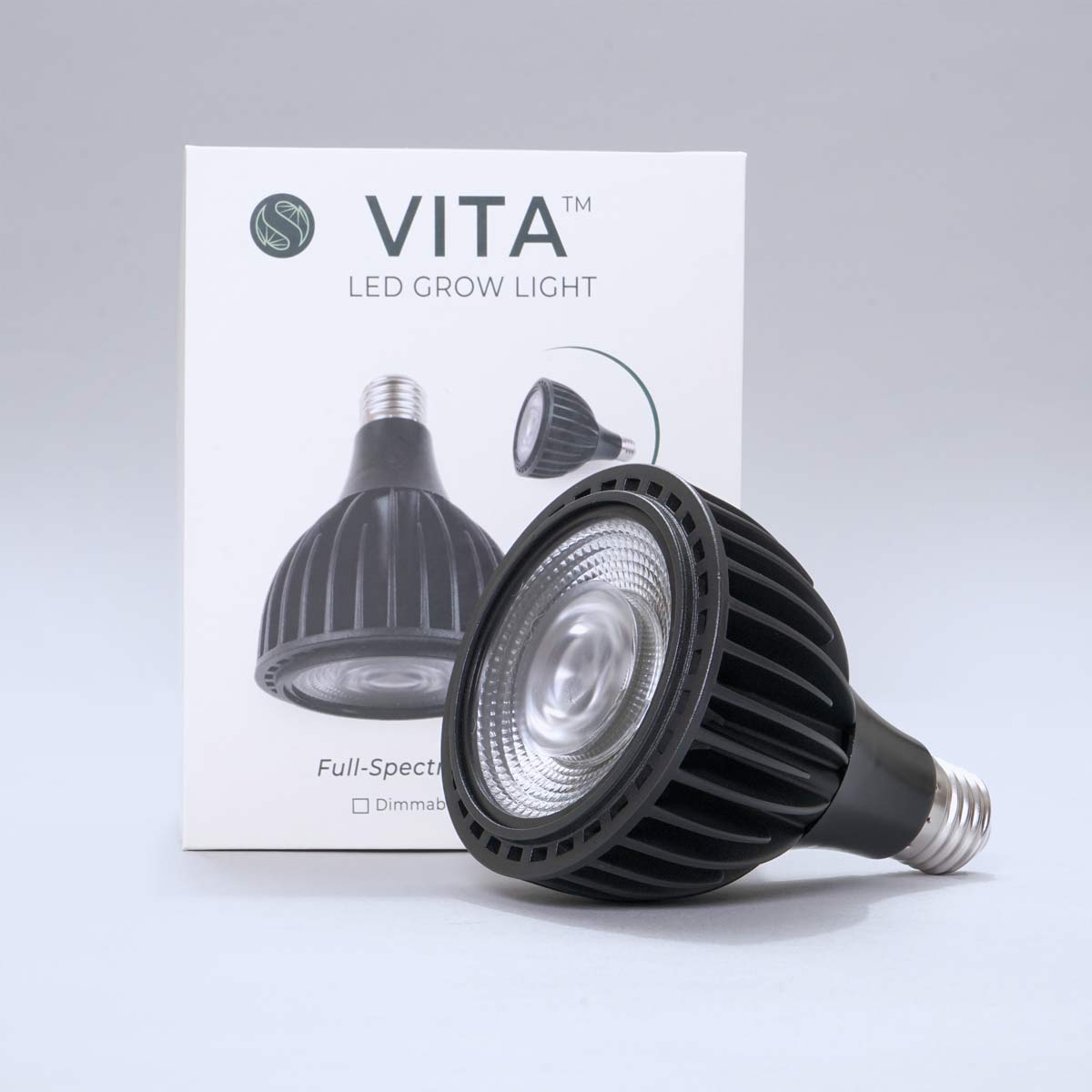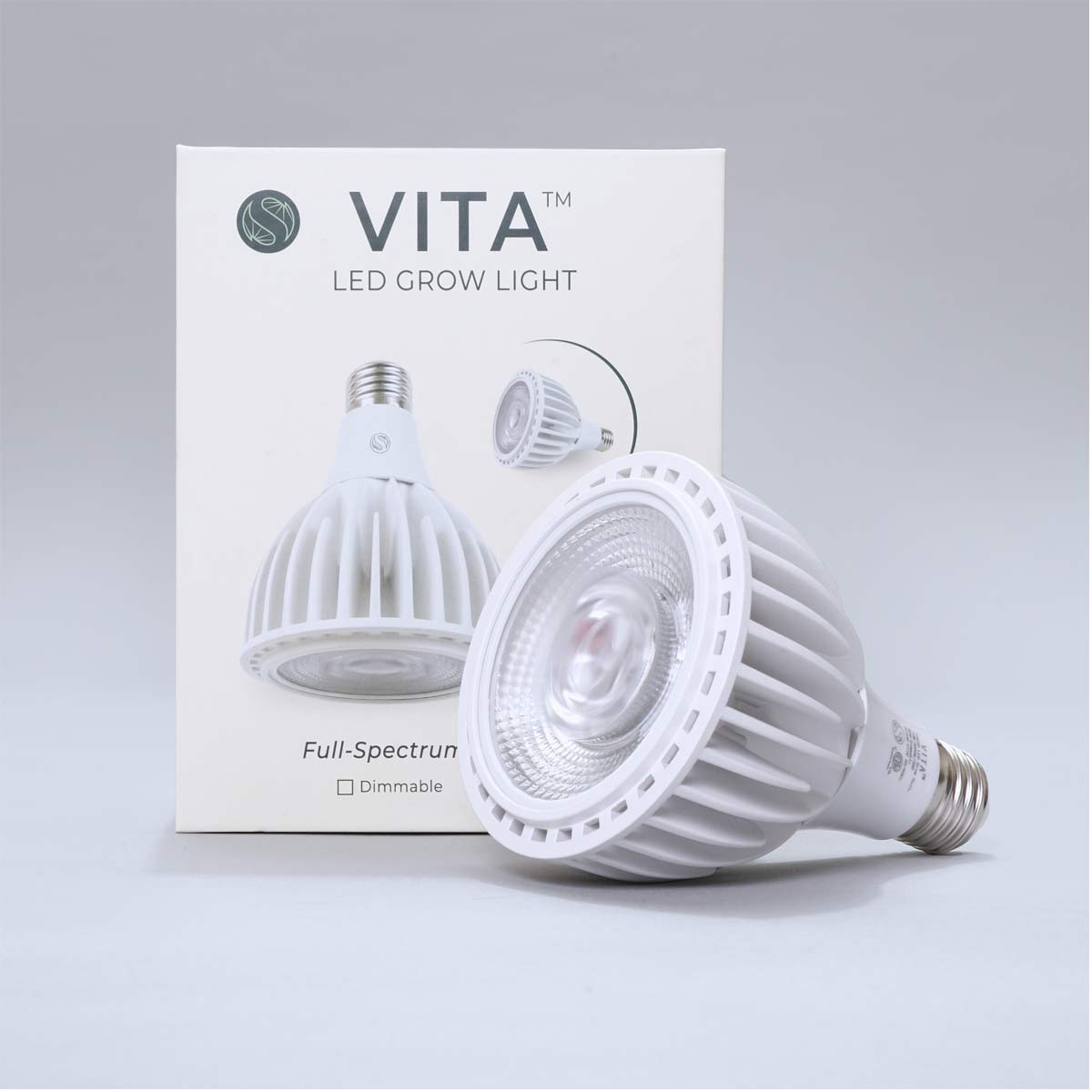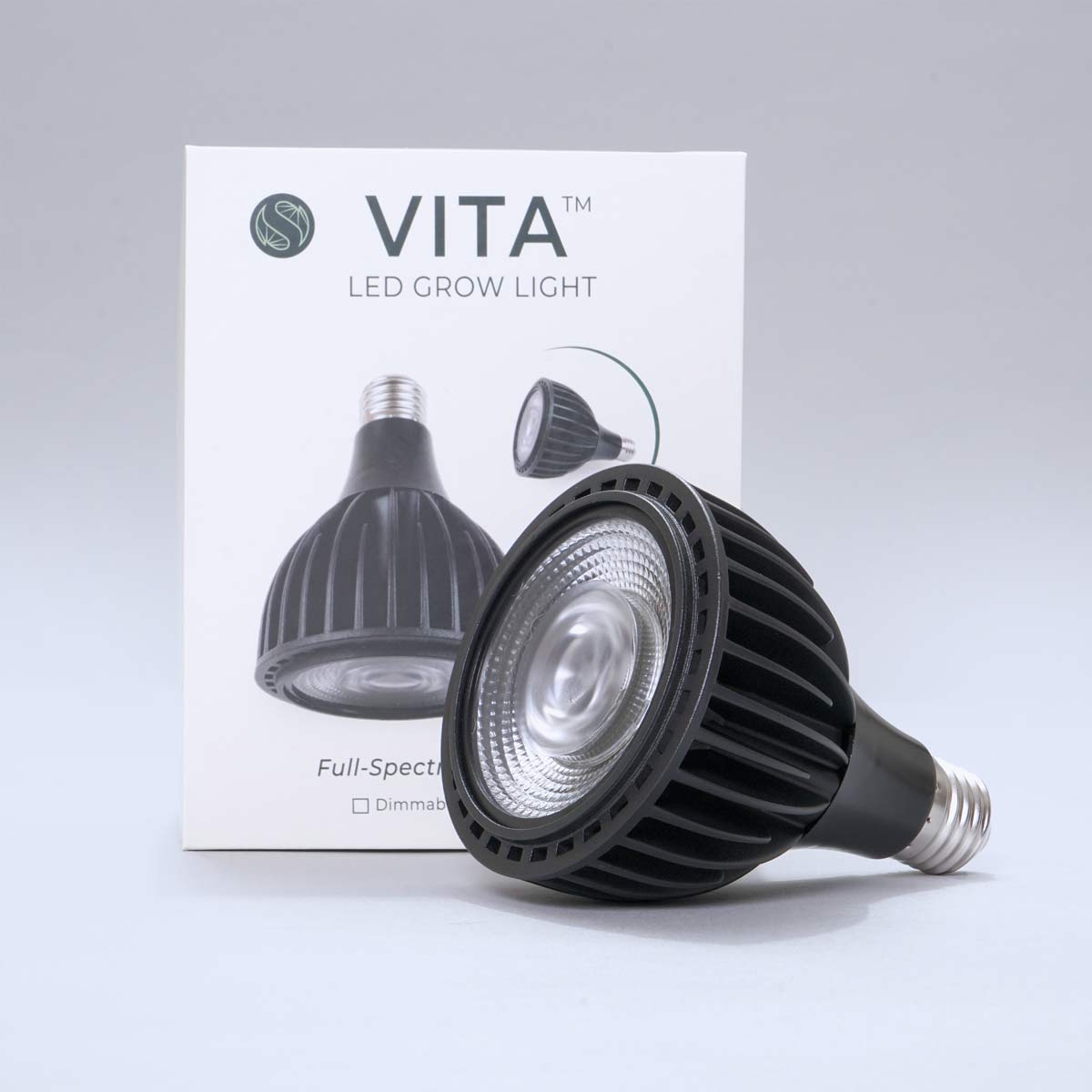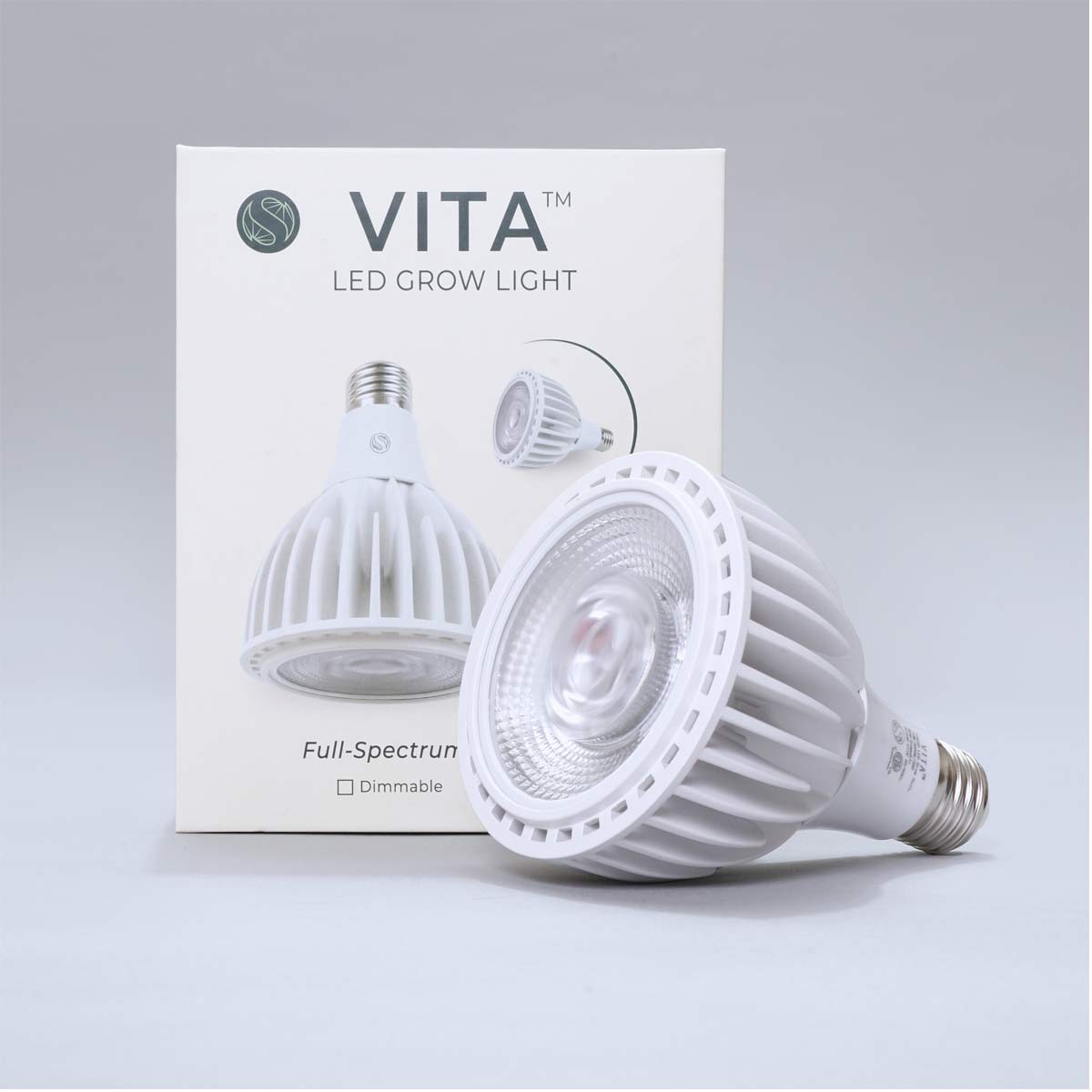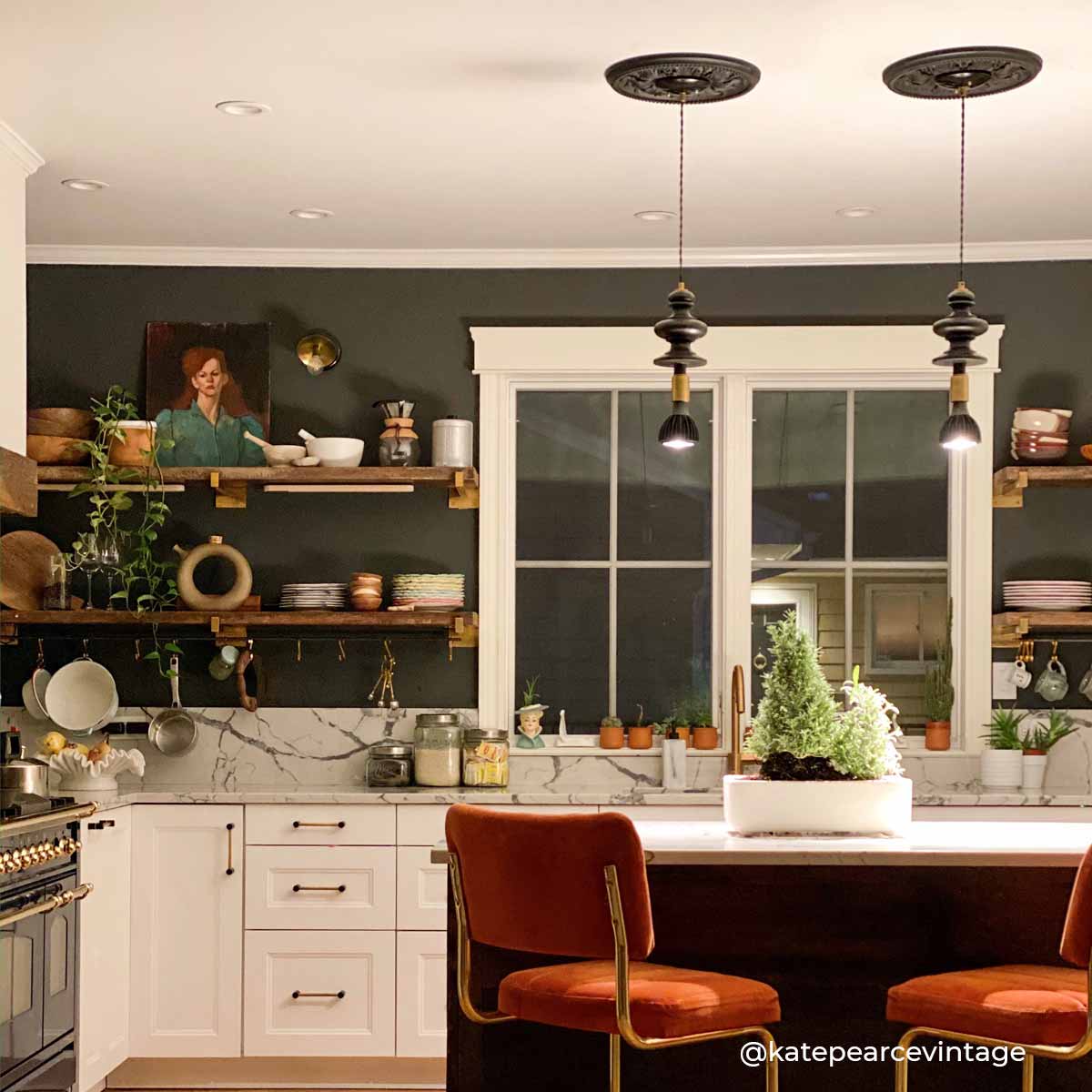It often comes as a surprise to the novice plant parent that even indoors, your plants undergo changes to prepare for the long, dark of winter. While they're shielded from the sub-zero Chicago winds, the change in daylight is enough to cause your plants to adapt in the form of Dormancy. Plants going dormant is a sort of hibernation which allows them to endure less than desirable living conditions and to prepare them to thrive once again when spring returns. Not all indoor plants go fully dormant over the winter, but they do all require different care to account for the change in seasons.
Pour yourself a cup of cocoa and pull up next to the fire, and start offerings your plants some winter comfort with these changes to their care.
Watering
Plants will be receiving far less light over the winter months compared to the height of the summer. Between July and February, there are five fewer hours of daylight and this results in plants that grow little, if at all over the winter. As such, plants will require water less frequently and overwatering becomes a common issue for people who don't adjust their watering schedule.
Every plant is different so be sure to diligently check soil moisture, but for something that took 7-days to dry out over the summer, it might require watering closer to every 10-days over the winter. For the more drought tolerant varieties like Cactus and Sansevieria, the difference might be even larger.
Light
Counterintuitively, the winter might create new opportunities for where plants can live. My only south facing windows are useless over the summer because of a large oak tree that completely blocks out the light when the tree is full. However, once those leaves start to fall, those windows turn into the best place for plants to receive as much light as possible over the winter.
Temperature
Temperature is often an overlooked piece to winter plant care. The thermostat might be set to a comfortable temperature but that doesn't always account for drafty windows, especially in older buildings.
The easiest way to check whether a windowsill is too cold for your plants is by placing your hand near or on the sill and getting a feel for the temperature and whether a draft is present. If this seems to be an issue, plants should either be pulled back from that window, or an insulator such as a blanket can be used to cover up the cold draft and keep your plants warm.
Humidity
Humidity levels take a huge drop during the winter due to the naturally cold, dry air, but it's exacerbated by running furnaces for heat. Monitoring humidity levels over the winter will largely depend on the plant varieties you care for. Hardy varieties such as Cactus, Sansevieria, ZZ Plants or Dracaena aren't bothered much by dry air. However, Ferns, Palms, Calathea, and some Ficus and Philodendron will not be happy about the less than tropical conditions.
The best way to combat dry, winter air is by adding a humidifier to your space. They're available in all different shapes and sizes, but anything works as long as you use it consistently. Another simple trick to naturally boost ambient humidity is to group plants together - think of penguins in the arctic.
Fertilizing & Repotting
The simple piece of advice here is: Don't.
Dormant plants do not want to be disturbed. Moreover, they are not actively growing and do not want to be forced into doing so. Unnecessarily adding fertilizer to plants over the winter can create all sorts of issues from leaf loss / defoliation, nitrogen burn, mineral buildup in soil and worse. Stop fertilizing your plants by the end of the summer and wait until the spring to start up again.
In a similar sense, repotting can be a stressful undertaking for even the healthiest of plants. Repotting requires plants to reestablish a root structure for their new pot, and a dormant plant is not able to do this as effectively compared to the peak growing months of spring and summer. The rules pertaining to fertilization and the calendar year should be similarly applied to repotting.

